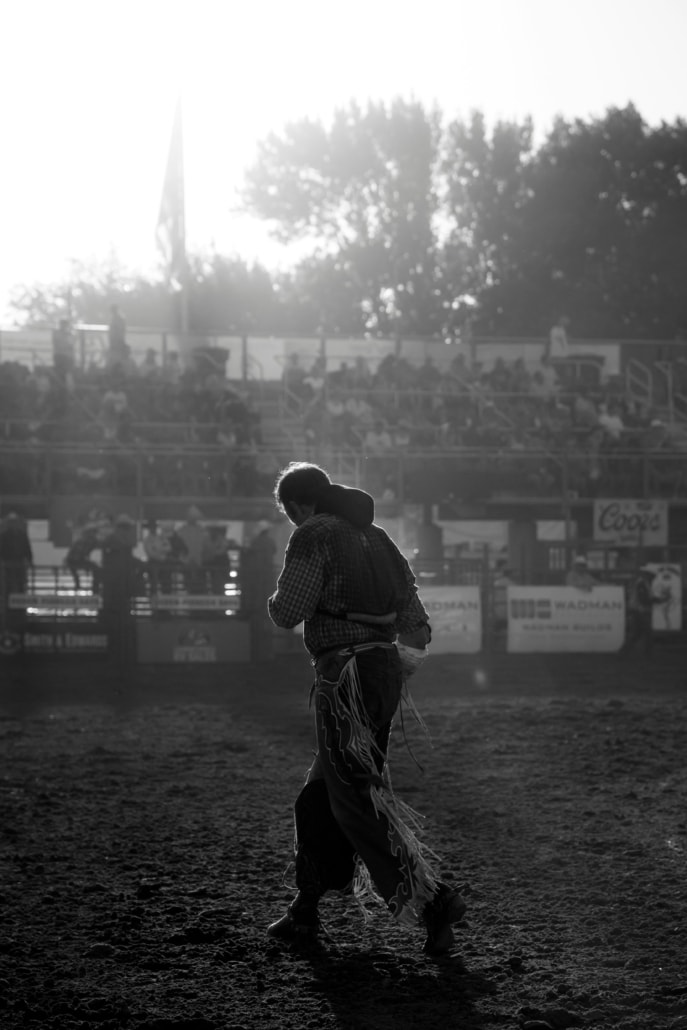Irrational Fear Gets in the Way of Progress
More often than not, families try to avoid conflict at all cost. For reasons that most of us can easily relate to, it makes sense to try to keep the peace with our relatives.
Unfortunately, especially in cases where we either work with family members or own things together, the fear of any conflict actually ends up making things worse instead of better.
I’m not advocating that you look for trouble and find things to fight about, far from it.
But, in many families, finding ways to get the positives out of differing viewpoints and priorities would do them a world of good and make things better for everyone.
It Won’t Realistically End
The genesis of this post is an article from Time Magazine that I recently stumbled upon, written by William Ury from the Harvard Negotiation Project.
The Time article is entitled 3 Ways to Make Conflict Less Destructive, and I want to share the parts I liked about it as it regards families.
Ury was the younger partner of Roger Fisher when they wrote Getting to Yes in 1981, and has gone on to become a global conflict guru of sorts.
His Time article came out as his latest book, Possible, is being published, and I recently saw a picture of the current US President holding a copy of the book.
The essay in Time starts off with Ury stating the obvious, “…we need to be realistic: we can’t end conflict.”
We Need More Conflict, Not Less!
Ury actually thinks we need more conflict, not less. Since we can’t eliminate it, we need to find ways to transform it instead.
My take on this is that when I see conflict I focus on the energy that it provides, as opposed to the inertia that comes from people internalizing their differences.
When families are afraid to raise and air their differences, small problems grow into bigger ones that end up being even harder to resolve.
So let’s get to Ury’s 3 ways to make conflict less destructive: a clear perspective, a way out, and help from others.
Getting a Clear Perspective
It’s easy to get so into the emotions that you begin to lose sight of the bigger picture.
It’s important to do two things when this occurs: slow down, and step back.
Stop the argument or the fight and breathe, and slow things down. This helps you think more clearly, using the correct part of your brain.
Then step back and look at the issues from up above, from the balcony, so to speak. See Getting Vertical – From the Iceberg to the Balcony.
When you slow down and step back, you’ll be able to see things more clearly and be able to think of ways to resolve the issue.
Finding a Way Out for Everyone
Ury’s second suggestion is one that I think applies particularly to families, because the ongoing relationships of the people are typically pretty important to keep in mind.
In fact, he writes “find a way out”, and the “for everyone” in the subhead above is my own addition.
As you have paused and stepped back to think things through, you really need to look at the bigger picture, which necessarily includes considering what the other side is saying and pushing for.
You need to find some way for each of the parties to get something out of the confrontation.
See Kissing your Sister: Playing for a Tie in FamBiz
If you expect to get 100% of what you want, and the other person 0%, the likelihood of them agreeing is also about 0%.
Help from Others (External Neutrality)
The third suggestion is one I absolutely agree with, and nobody should be surprised by this.
As someone who works with families, being that non-family person is a role I am very familiar and comfortable with.
Seeking help from others makes so much sense, especially in the context of the first two ideas.
An external person, who has no stake in the outcome, can help force you to slow down and step back, and help you find a way out for each of the parties, all while remaining neutral.
Better than Fake Harmony
Finding ways to work on the conflict together is so much more effective than continuing to pretend that it doesn’t exist.
Such fake harmony can be insidious, and only allows problems to fester.
It isn’t always easy to get started, and perhaps the three suggestions need to be reordered, so you actually begin with finding someone to help you out.





















